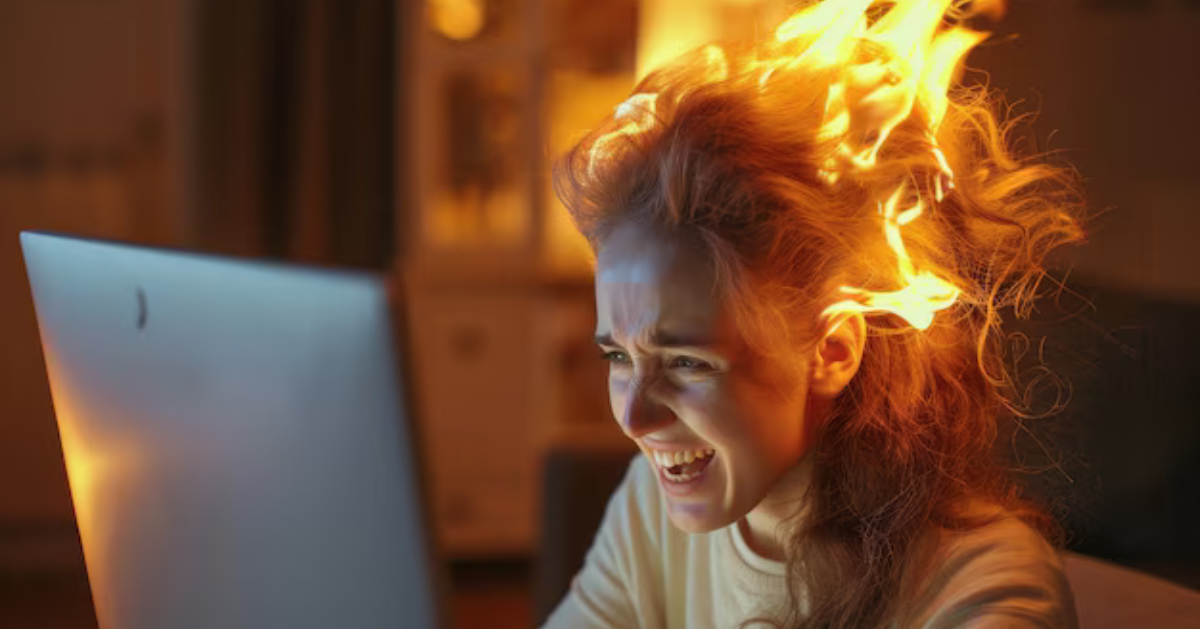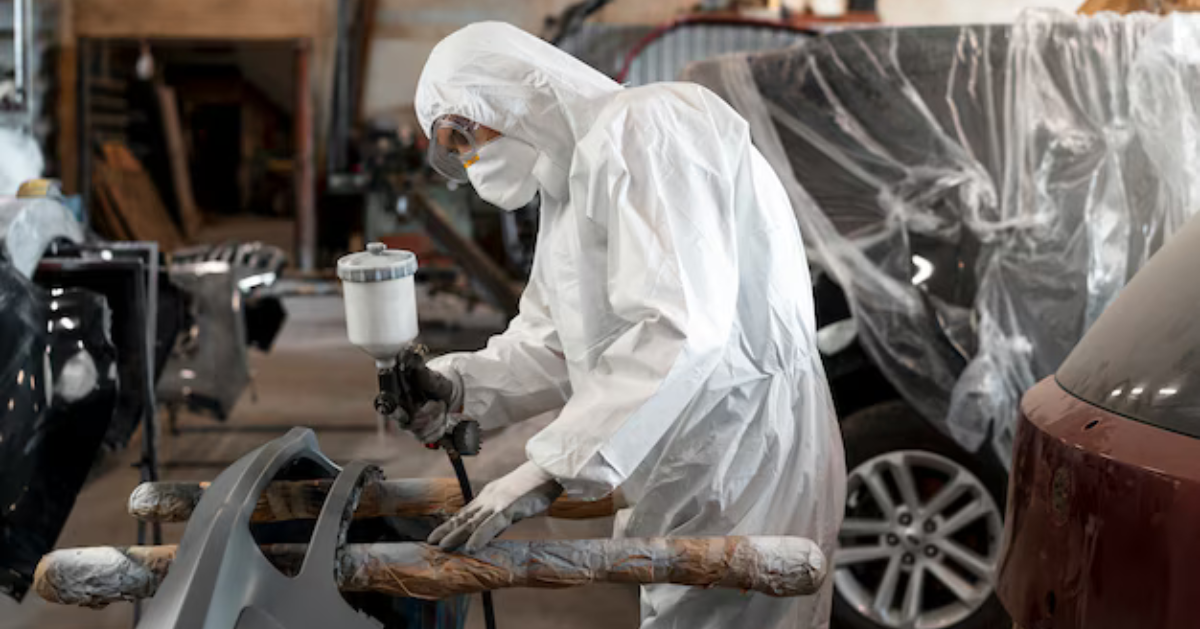JH: How would you describe your subject matter or the content of your art practice?
SL: I’m interested in the overlap of the body and the home space, which stems from a fascination with permeable and blurred boundaries. I see a lot of similarities between the body and the home as containers, facades and places of comfort. Because of my current nomadic lifestyle, I’ve become more interested in what it means to place the responsibility of a home space on yourself or on the people around you. So I’m questioning how a home identity is formed and what it consists of, and how the concept of a home is visually and symbolically defined. I’m also interested in how these home identities change. There’s this kind of identity trifecta that I think about a lot between a person, their home, and then the person’s identity when they’re in the home. And then all of those identities can be discarded. But the memories of those identities can be fed and kept alive, which makes it this process of psychological shedding. So I consider the work I make to fall somewhere along that spectrum, but I’m usually representing the discarded identities.
JH: What materials do you typically work with? What draws you to them?
SL: I’m very particular about the materials I use because they play an important role in my work. I like to work with things that are evocative of the body: paper, silk organza, thread, grapefruit skins, hair and leather are all in my repertoire at the moment. I’m most excited by skin-like materials, so things that are malleable, translucent, and flesh colored. I think in terms of membranes, and work to create containers of space or the implication of such.
JH: The body and skin especially play an important role in your work; how does it inspire your work and what do you hope to say by using these repeating motifs of skin and the body?
SL: I’m inspired by the dichotic nature of skin: it contains our physiological beings, but it’s our only direct point of contact with the world. It’s delicate but has the ability to heal itself. It conceals the majority of our bodies, but it’s also the only way for us to be/feel exposed. It forms this thin but solid barrier around us, but it’s the only way for us to interact with our surroundings. So I’m trying to play with these all qualities, and relate them back to the context of a home or shelter, but a lot of my work focuses more on asking questions. What are the essential elements of a home? How do we define our home space? What impact does our home have on our identity and vice versa? Lots of exploratory, open-ended questions.
JH: Your work is also highly visceral yet subdued in color and form. It’s a careful balancing act. Can you explain your process? How do you choose which elements remain?
SL: When dealing with the body, it’s easy to turn viewers away with grotesqueness, but I want to draw viewers in closer so I opt for subtly, a soft color palette, and approachable forms to add a seductive quality to the work. I prefer minimal aesthetics anyway, so this simplistic approach works. Only what is essential to the work is present, so it’s not a process of editing or subtracting, it’s a careful consideration of what is necessary. When you think about a person, you’re only interacting with the surface of their body—which is mostly skin and a little bit of hair. So those are the two main elements of my work and become the surface and line of each piece. This is why my material choices are so crucial.
JH: The titles for your projects are always interesting, employing descriptive and creative wordplay. How do you come up with them?
SL: I really like words, and I tend to chew on them for a bit while I’m making work. I’m especially drawn to certain sounds and words with multiple meanings, so I’m constantly making lists of words and trying different pairings and phrases until I find combinations that I’m excited about. And then sometimes those phrases exemplify what I’m working on, and sometimes I hold onto them for years before they fit a piece. Either way, I have lots of lists of words. That’s basically all my sketchbooks consist of: lists, plans and brainstorming, with a few thumbnail sketches scattered throughout.
JH: You also have a consistent writing practice; your blog is impeccably detailed and updated. What’s the relationship between your writing and your art making? Does one inspire the other or is it more mutual? Would you consider writing a critical part of your practice?
SL: For a long time I considered them very separate entities and writing was just a vehicle for translating my visual and abstract ideas into comprehension for proposals and applications. I used to be really skeptical of visual art that incorporates words because they can be so constricting or melodramatic, but I’ve always appreciated the value of a well-considered title. So once I realized that my writing was very much in line with my aesthetics, I felt comfortable inserting words into my art and am more excited about playing with connecting the two. Right now my blog plays a grounding role for my art practice, and holds me accountable to weekly deadlines.
JH: Is there anything you’re presently inspired by – anything you’re reading, listening to, or looking at? I know you were reading Skin: On the Cultural Border between Self and the World (by Claudia Benthien), which you let me borrow right before my residency at Art Farm ended. It was so fascinating; I stayed up reading it in bed, flashlight in hand, the last few nights. Thanks for letting me borrow it!
SL: I’m glad you enjoyed it! I’m always rereading that book—it’s definitely one of my favorites. In my continued quest for interesting words and phrases I’m drawn to writers who use vivid language like Michael Ondaatje and Donald Barthelme and I’ve also been listening to a lot of narrative podcasts, including The New Yorker: Fiction, The Moth, and Strangers. I’m currently looking at a few artists who successfully blend language and visual aesthetics like Xu Bing and Liliane Lijn.
JH: Is there something you are currently working on or excited about that you feel comfortable talking about?
SL: I’m diving further into the concept of encapsulation and containing space and I’m currently focused on repetition and multiples. I’m making one silk organza mug a day, and also sewing a variety boxes out of tracing paper and revisiting the form of the three-sided pyramid, all of which is part of my Homebodies series. There’s a lot of play happening in my studio right now.
JH: You’ve been nomadic for the past few months, going from one residency to the next. What do you enjoy most about residency hopping? Has the nomadic lifestyle challenged you as well, and if so, how?
SL: I’ve been nomadic for 8 months now and it’s been the most rewarding and enriching experience of my life so far. It’s an interesting mix of travel, work, play and uncertainty. I particularly enjoy the excitement of getting to know each residency; it’s fun to arrive at a new space and explore. But the amazing people I meet are definitely the best part of this adventure, and I feel more connected with people than I ever have before. Living without a defined schedule is pretty strange though. I often forget what day it is. And I’ve been living off my savings this whole time, so that’s a little scary. At this point my biggest challenge is figuring out what I’m going to do when I stop residency hopping.
JH: Has your practice been influenced by other artists? Do you see your own work as relating to any current movement in visual art or culture?
SL: I’m inspired by a very long list of artists: Do-Ho Suh, Berlinde de Bruckyere, Ann Hamilton and Wolfgang Laib to name some favorites, but I don’t consider my work particularly on par with any trends right now. If anything I guess it could be considered part of the resurgence of handmade objects. There’s nothing technologically flashy about my work and it’s not beautifully designed or over-explained eye candy. It is what it is and it’s generally well made and aesthetically pleasing. I’m not concerned with trying to tie it to any movements right now, I just want it to be honest.
JH: Have you had to make sacrifices to be an artist? How do you respond to the various challenges and misconceptions that come with being an artist?
SL: This is a surprisingly hard question! My first response was a pretty typical statement about sacrificing a laundry list of financial aspects, but then I realized that specific sacrifice is not exclusive to artists; it’s an issue for a lot of people at the moment. So then I came up with another answer about giving up a cat, a boyfriend and the security and comfort of my own apartment to do this transient artist thing, but then I realized I haven’t permanently sacrificed those things, I’ve just chosen not to have them right now. Which catapulted me into this rabbit hole where I was sure I was going to find some big, meaningful sacrifice I’ve made to be an artist but all I found were things I didn’t want, never had, could have again or were basically unattainable. Which means that any perceived sacrifices I’ve made to be an artist are significantly outweighed by the satisfaction I have with being an artist.
JH: What do you think is the function of art in society? Do you think artists hold a certain responsibility?
SL: To me, artists are forever suspended in a state of self-discovery. We question and disregard societal standards, cultural beliefs and socially acceptable lifestyles and we’re willing to jump into newness and see what happens. The question of artists’ responsibility is an interesting discussion, but I think we’re often society’s daydreamers, test pilots, and whistleblowers. I think we just need to continue being innovative and interesting.
JH: Do you have any advice for young, struggling artists?
SL: I’m still a young and struggling artist! But my plan is to keep making, so that’s my advice to my fellow colleagues. Also it’s important to be a decent human being, because nobody likes working with an asshole. And don’t copy other artists, because that’s not cool either.
JH: Are you involved in any upcoming shows or events?
SL: I have work at the Octagon Exhibition Center in Aimes, Iowa right now but other than that I’m waiting to hear from some other exhibitions so we’ll see!
JH: Thank you so much for taking the time to answer my questions!










